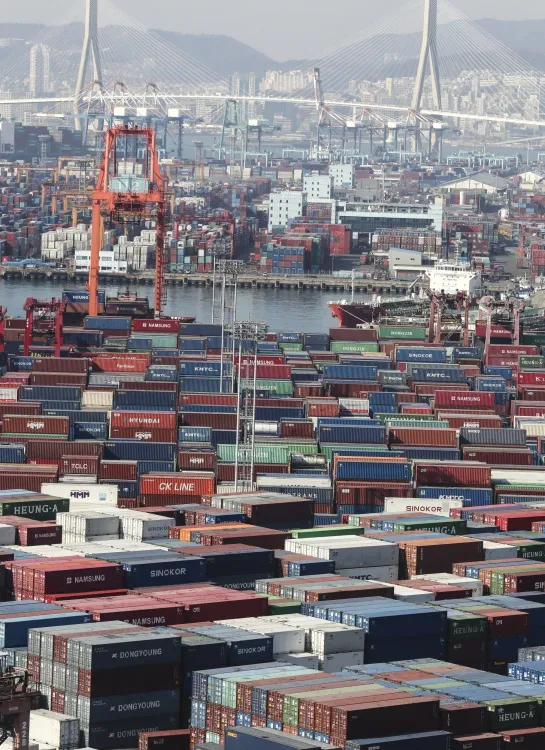Did South Korea Achieve a Record Current Account Surplus in August?

Synopsis
Key Takeaways
- South Korea's current account surplus reached US$9.15 billion in August.
- This marks the 28th consecutive month of surplus.
- Exports fell by 1.8% amid weak demand.
- Cumulative surplus for the year stands at $69.3 billion.
- Future projections suggest further surplus growth.
Seoul, Oct 2 (NationPress) South Korea achieved an unprecedented current account surplus for the month of August, even amidst sluggish exports, thanks to a reduction in imports and a boost in equity income, as reported by the central bank on Thursday.
The nation's current account surplus hit US$9.15 billion in August, marking the 28th consecutive month of surplus, based on data from the Bank of Korea (BOK), according to the Yonhap news agency.
Since May 2023, South Korea has consistently reported a current account surplus each month.
This figure is also the highest ever recorded for any August, although it represents a decrease from the $10.78 billion surplus seen in July.
For the first eight months of this year, the total current account surplus amounted to $69.3 billion, up from $55.94 billion during the same period last year.
Exports fell by 1.8 percent year-on-year to $56.44 billion due to low demand in the steel and chemical sectors, while imports decreased by 7.3 percent to $47.04 billion as global energy prices declined.
The services account showed a deficit of $2.12 billion, primarily driven by an increase in overseas travel.
In August, the primary income account, which includes wages for foreign workers and income from dividends and interest, recorded a surplus of $2.07 billion.
The BOK predicts that the current account surplus will further increase in September, aligning with its annual target of a $110 billion surplus.
“Exports reached an all-time high last month due to robust shipments of semiconductors and automobiles. We anticipate the September surplus to surpass $10 billion,” stated BOK official Song Jae-chang during a press briefing.
Up until now, the influence of the United States' new tariff policy has been minimal, attributed to inventory utilization and diversification of import sources.
“Overall, the semiconductor sector is thriving, and oil prices remain stable. The impact of tariffs on exports to the U.S. will gradually materialize, but the extent remains uncertain,” he concluded.









